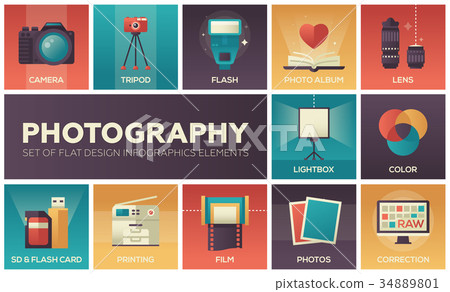Digital Photography Tips For Beginners: Understanding Your Video Camera Quickly
Digital Photography Tips For Beginners: Understanding Your Video Camera Quickly
Blog Article
Post Composed By-Tobin Monroe
When you first grab your electronic camera, it can feel frustrating with all the setups and alternatives readily available. You may find yourself questioning how to browse aperture, shutter speed, and ISO efficiently. Grasping these principles is vital, however there's more to photography than just technical knowledge. Recognizing https://www.digitalcameraworld.com/buying-guides/the-best-adobe-photography-plan-deals-for-photoshop-cc-and-lightroom and illumination problems can elevate your images substantially. So, what happens if you could learn simple strategies to boost your abilities and begin capturing excellent pictures earlier than you believe? Allow's explore exactly how to change your digital photography journey.
Comprehending Cam Settings
Recognizing your cam settings is vital for catching spectacular images. When you get your video camera, familiarize yourself with the 3 main setups: aperture, shutter speed, and ISO. Each plays a crucial role in how your pictures end up.
Begin with aperture, which controls the amount of light entering the lens. A wider aperture (lower f-number) allows much more light and produces a lovely background blur, excellent for pictures. Conversely, a narrower aperture (higher f-number) keeps more of the scene in emphasis, suitable for landscapes.
Next, concentrate on shutter speed. This setup identifies the length of time your cam's sensing unit is revealed to light. A rapid shutter rate ices up movement, which is fantastic for activity shots, while a slow shutter rate can produce stunning impacts like smooth water in landscapes.
Last but not least, change your ISO. This setting influences your cam's level of sensitivity to light. A higher ISO is useful in low-light scenarios yet can introduce sound or grain. Aim for the most affordable ISO feasible while still achieving appropriate direct exposure.
Structure Techniques
When you're out shooting, make-up can make all the distinction in just how your pictures reverberate with customers. Start by utilizing the rule of thirds; picture your framework split right into nine equivalent sections with 2 horizontal and two vertical lines. https://postheaven.net/hilton3143saul/crucial-digital-photography-gear-what-you-actually-required-to-get-started along these lines or at their junctions to develop equilibrium and rate of interest.
Next off, take into consideration leading lines. These all-natural lines in your scene, like roadways or rivers, attract the audience's eye right into the photograph, guiding them with the tale you're telling.
Don't forget about framing; use components within your scene, like trees or home windows, to create a frame around your subject, including deepness and focus.
Also, keep an eye on your background. A cluttered history can distract from your major subject, while an easy one helps it stand out.
Finally, explore balance and patterns; they can develop a striking image that records focus.
Learning Lights Conditions
Grasping lights problems is vital for catching stunning pictures, as the ideal light can transform an ordinary scene into something phenomenal.
Beginning by observing all-natural light at various times of the day. Early mornings and late afternoons provide the very best light, known as the golden hour. The soft, cozy tones during these times can improve your pictures wonderfully.
Don't shy away from cloudy days either; diffused light can decrease severe darkness and create a pleasing effect, especially for pictures.
Explore backlighting by placing your subject against the source of light. This strategy can produce a dreamy halo effect and add depth to your pictures.
Focus on your electronic camera setups as well. Readjust the ISO, aperture, and shutter speed to match the lighting conditions. A higher ISO can help in low light, yet beware of grain.
Utilize a tripod in darker environments to prevent blur.
Lastly, don't neglect man-made lighting. Flash and constant lights can be excellent devices for regulating light in challenging problems.
Final thought
To conclude, grasping your camera doesn't need to be frustrating. By recognizing your settings, using composition methods, and taking advantage of the power of natural light, you'll quickly elevate your photography abilities. Keep in mind, exercise makes best, so get out there and trying out your newfound knowledge. With time and dedication, you'll be catching stunning photos that show your distinct perspective. Take pleasure in the trip, and don't fail to remember to enjoy while you're at it!
